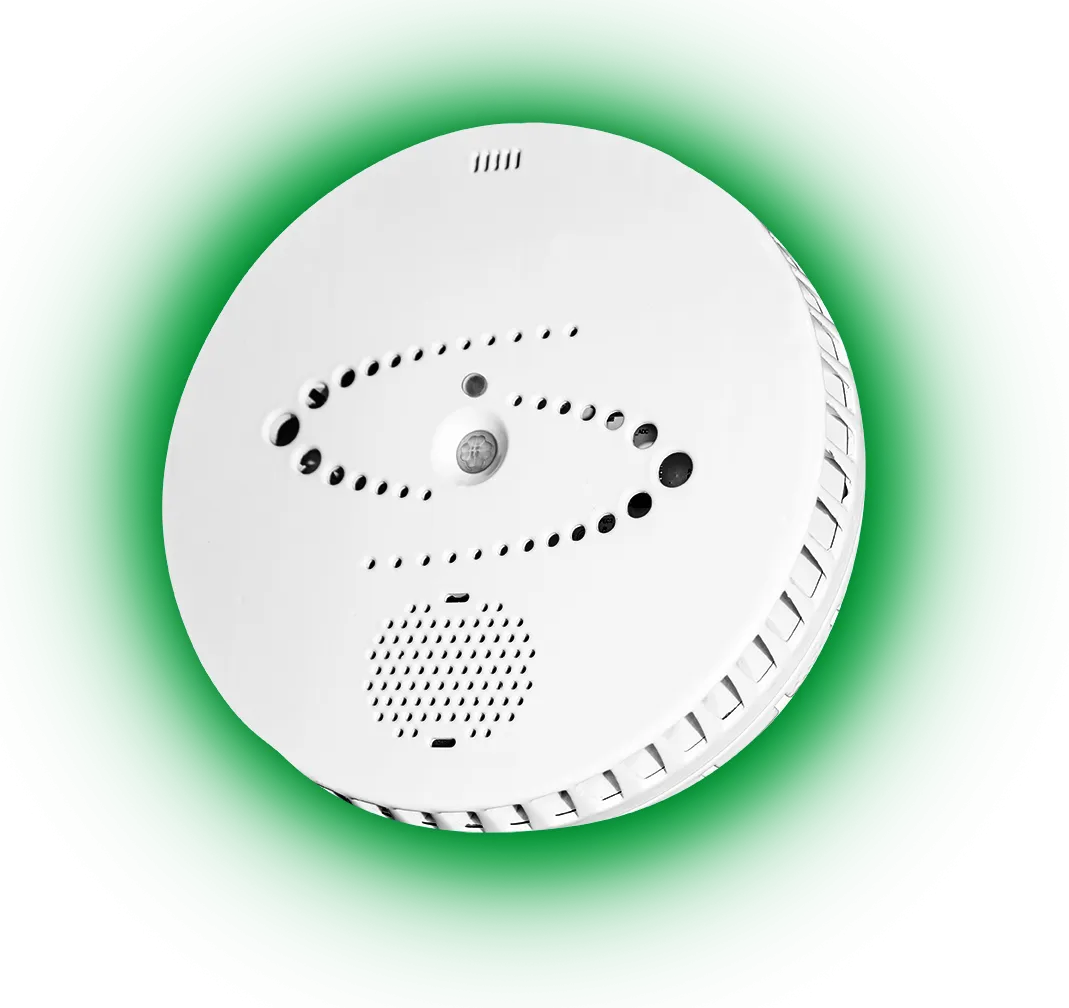
In recent years, the rise of e-cigarettes has introduced a new set of challenges for maintaining smoke-free environments. Unlike traditional cigarettes, e-cigarettes produce vapor rather than smoke, which requires advanced detection technologies to identify and monitor usage effectively. As vaping becomes increasingly common, the demand for sophisticated vape detection systems has surged. This article explores some of the most advanced sensors designed to combat vaping, highlighting their technological innovations and effectiveness.
1. Optical Sensors: The Frontline Defenders vape detector for home.
Optical sensors are among the most established and reliable technologies in vape detection. These sensors work by using light beams to detect the presence of vapor in the air. When vapor particles pass through the light beam, they scatter the light, triggering an alert. This method is highly sensitive and capable of detecting even small amounts of vapor, making it effective for environments where stealthy vaping is a concern.
One notable example is the SmokeCloak's optical sensor technology, which combines advanced photodiodes and laser systems to ensure precision. These sensors are not only effective in detecting vapor but are also adept at differentiating between various types of particles, reducing false positives from dust or smoke.
2. Chemical Sensors: Analyzing Vapor Composition
Chemical sensors offer a different approach by analyzing the composition of the air to detect specific compounds associated with vaping. These sensors use materials that react with the chemicals found in vape aerosols, such as propylene glycol, glycerin, and nicotine. When these substances are detected, the sensor triggers an alert.
The Sensirion SCD40 is a prime example of this technology. It uses advanced gas sensing technology to detect the concentration of carbon dioxide and other chemical signatures that are indicative of vaping. This approach not only identifies the presence of vapor but also provides data on its composition, which can be useful for identifying the specific type of e-cigarette being used.
3. Electrochemical Sensors: Precision and Sensitivity
Electrochemical sensors represent a cutting-edge technology in vape detection, offering high precision and sensitivity. These sensors use electrochemical cells to detect the presence of specific chemicals in the air. When these chemicals come into contact with the sensor, they produce a small electrical current, which is then measured to determine the concentration of the substance.
The Aeroqual Series 200, for example, employs electrochemical sensors to accurately detect low levels of nicotine and other substances found in vape aerosols. This technology is particularly valuable in environments where precise detection is crucial, such as schools and public spaces.
4. Hybrid Sensors: Combining Technologies for Superior Detection
Hybrid sensors integrate multiple detection technologies to enhance accuracy and reduce false positives. By combining optical, chemical, and electrochemical methods, these sensors offer a comprehensive solution for detecting and analyzing vape emissions.
An example of a hybrid sensor is the VapeGuard Pro, which combines optical and chemical sensing technologies to provide a robust detection system. This approach allows for a more nuanced understanding of vape emissions, reducing the likelihood of false alarms and improving overall effectiveness.
Conclusion
The quest for effective vape detection has led to the development of a diverse array of advanced sensors, each offering unique benefits and capabilities. Optical sensors excel in detecting the presence of vapor, chemical sensors analyze the composition of the air, electrochemical sensors provide precise measurements of specific chemicals, and hybrid sensors combine multiple technologies for superior accuracy. As vaping continues to evolve, ongoing advancements in sensor technology will be essential in maintaining smoke-free environments and addressing the challenges posed by e-cigarette use. By understanding and leveraging these cutting-edge sensors, stakeholders can better manage and mitigate the impact of vaping in various settings.
